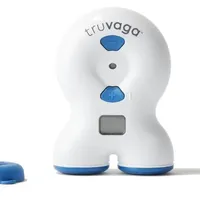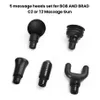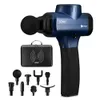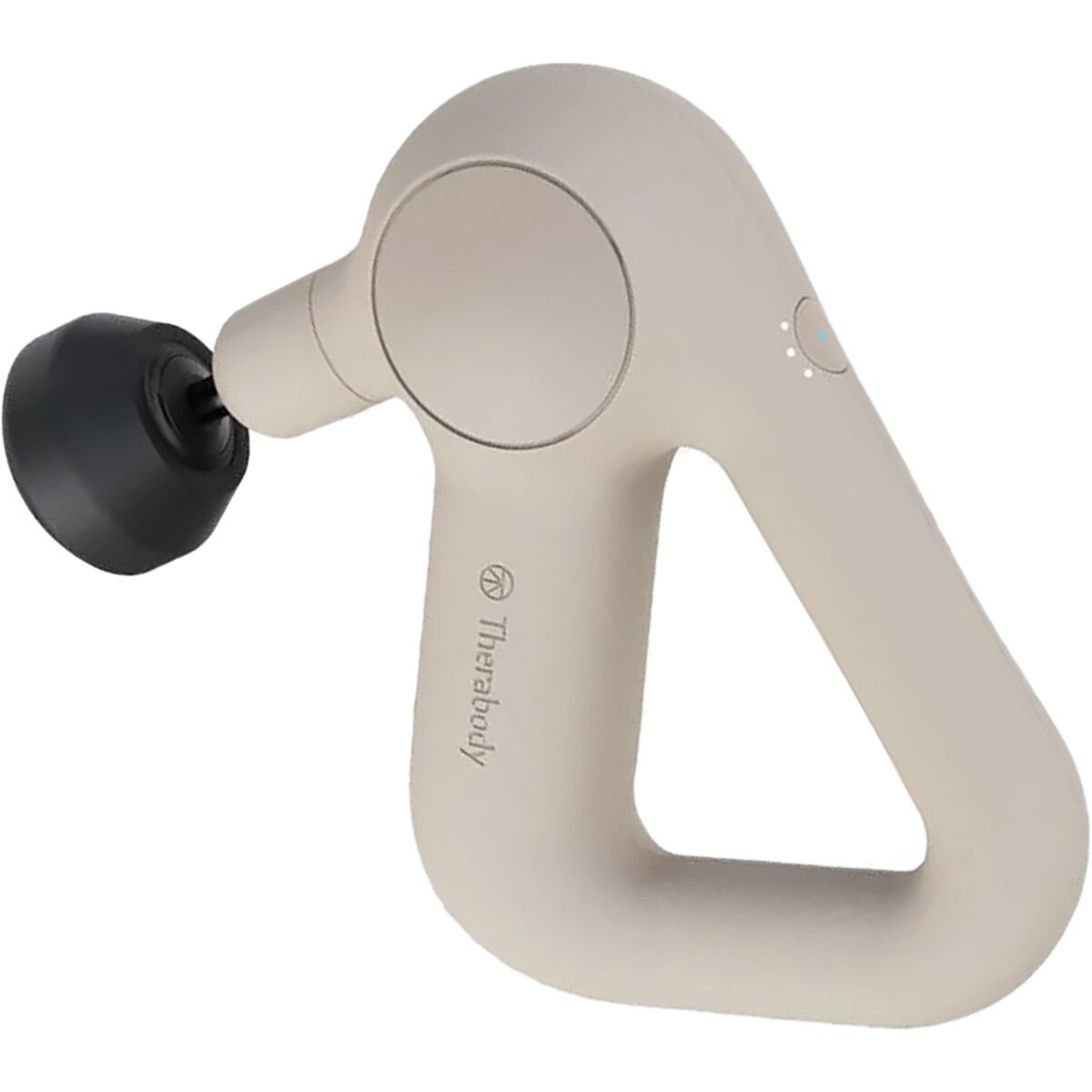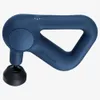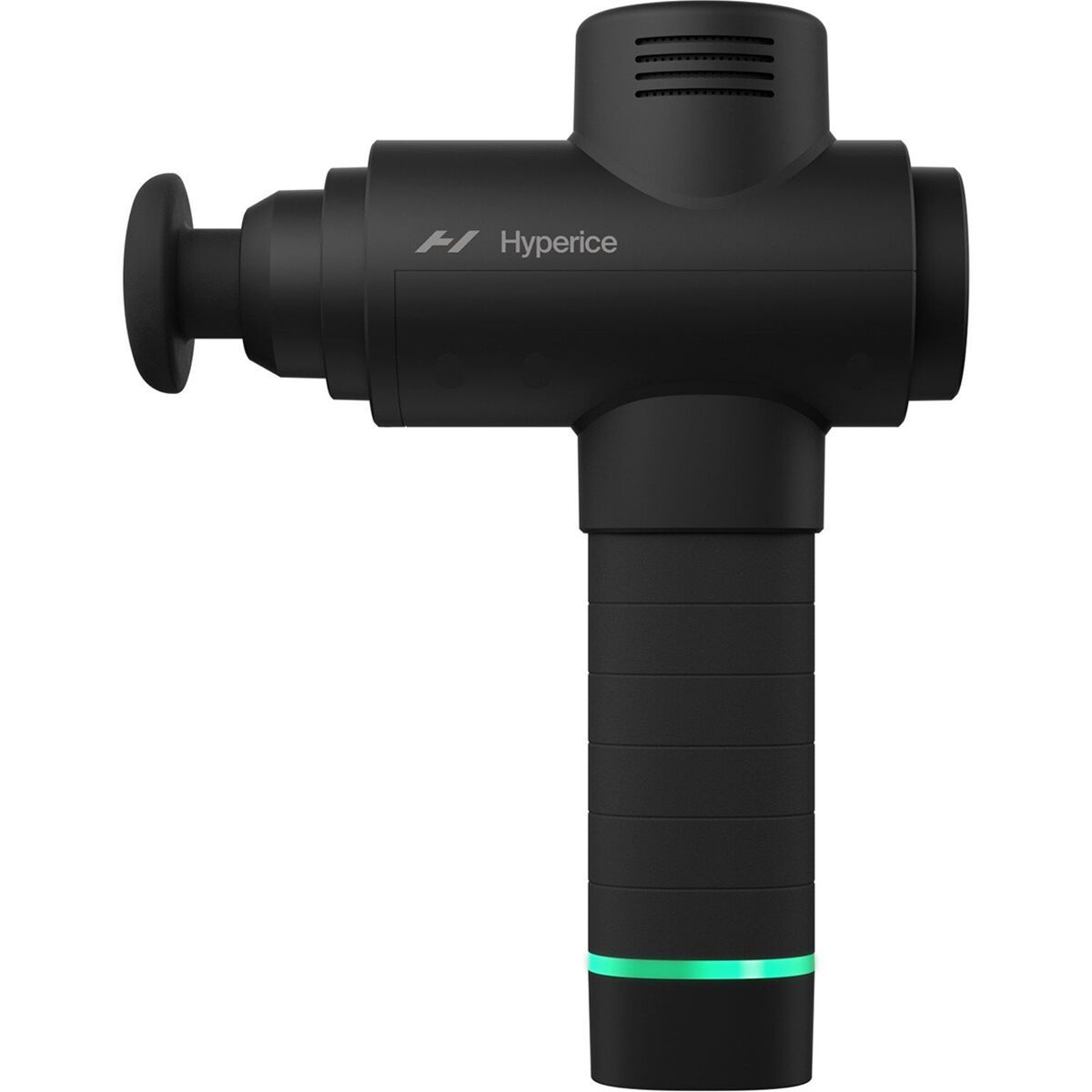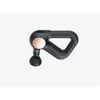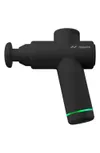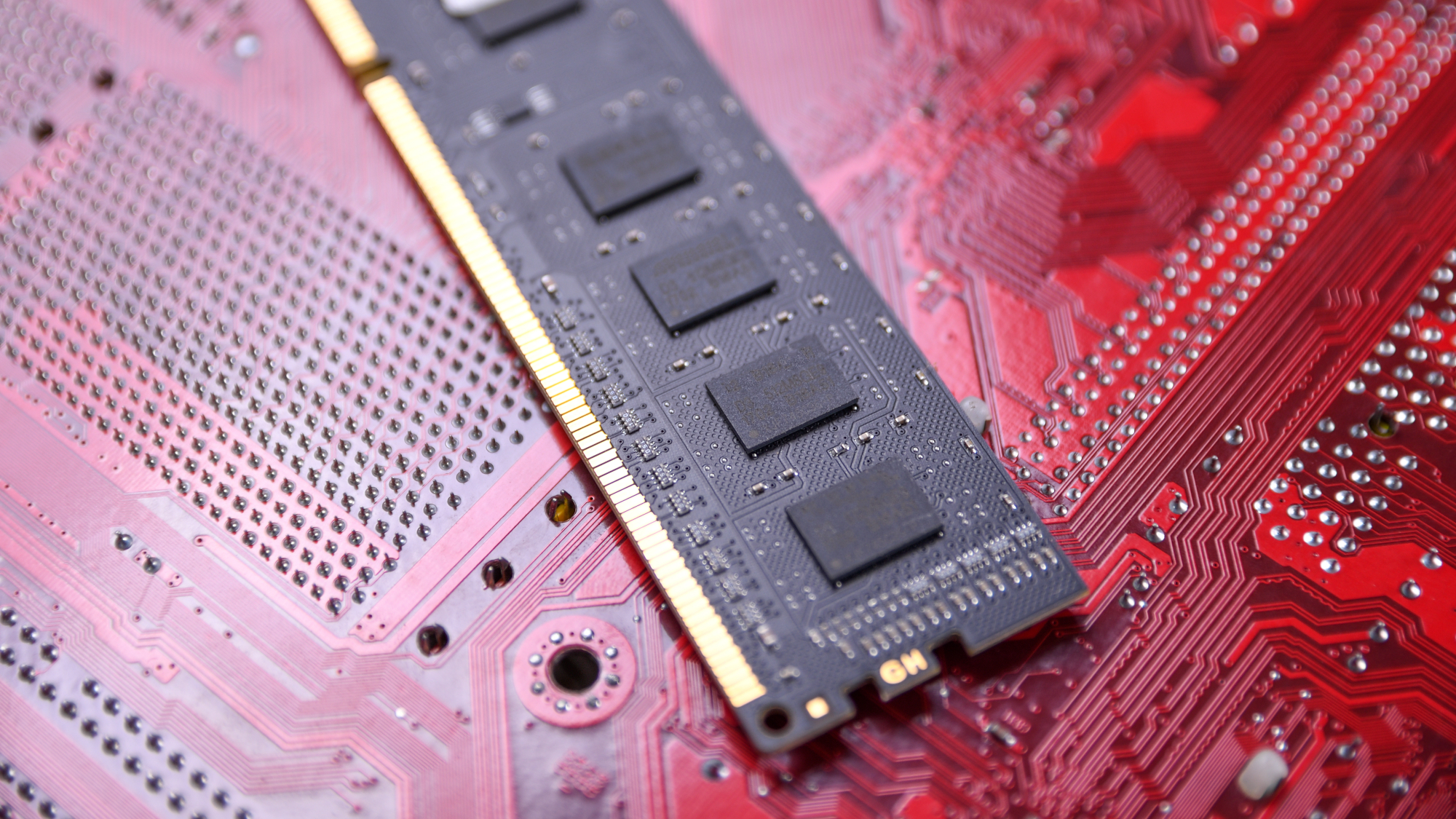My vagus nerve stimulator and I are in a very serious relationship — here's how it's going
I've been using Truvaga VNS for a few weeks now, and here are my thoughts so far.
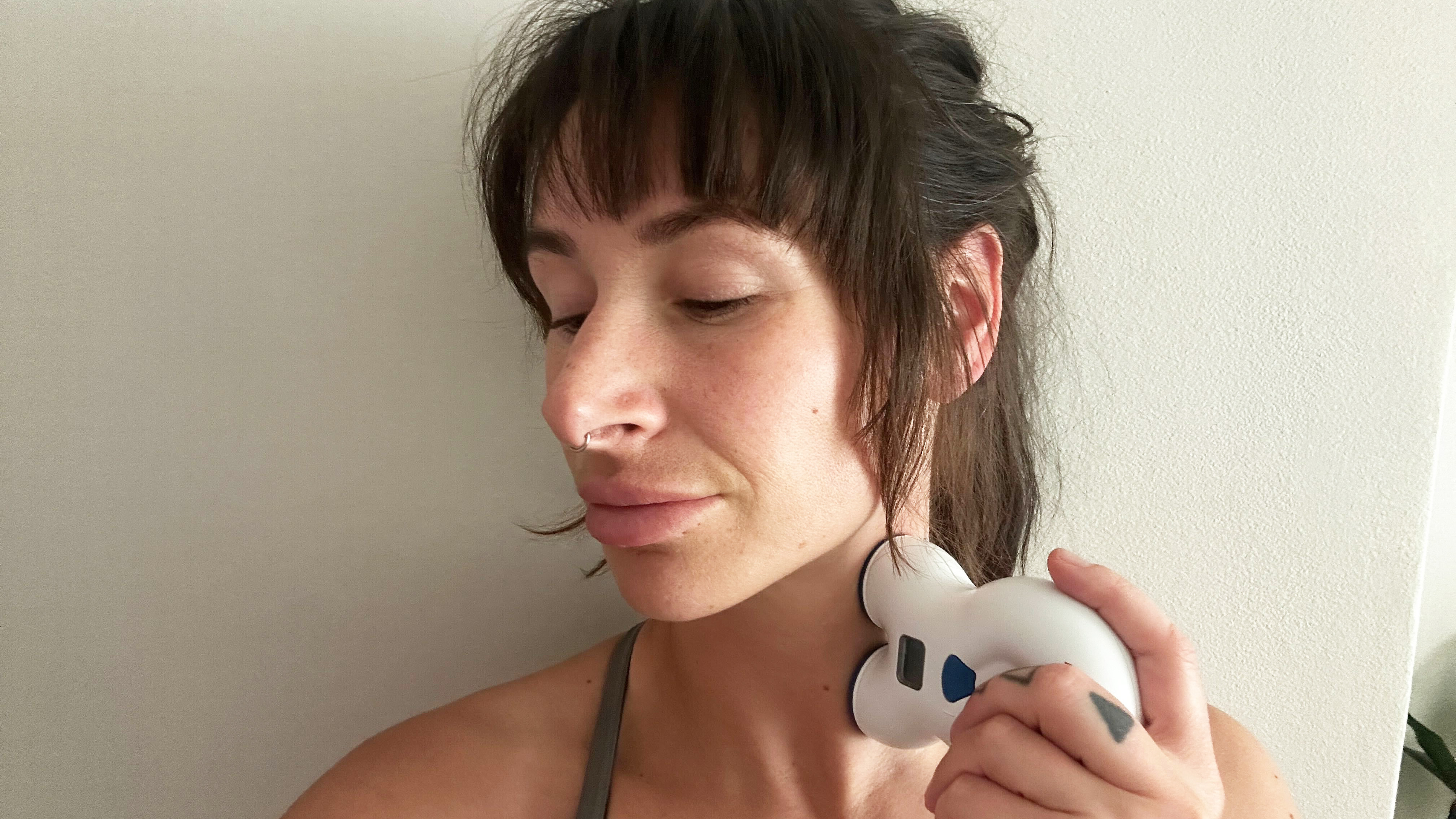
I'm all for a wellness hack if it actually works, but in my line of work, you often get sucked into the latest trends or crazes and find the same outcome: there's no such thing as unicorns.
That said, there has been a rise in research on the vagus nerve and vagus nerve stimulation (VNS), plus its impact on overall health and wellbeing.
It turns out you can activate and stimulate your vagus nerve (and potentially improve areas of your physical and mental health) using handheld technology, and the results could include better sleep, reduced stress and better gut health.
Curious but unconvinced, I recently tested the Truvaga 350, a vagus nerve stimulator you can use anywhere, at any time, for just two minutes twice a day. Here’s what I found out.
The Truvaga Plus retails at $499 while the Truvaga 350 retails at $299 and is also available in the UK, whereas the Plus isn't. Both are handheld VNS devices that stimulate the vagus nerve for several minutes.
What is the vagus nerve?
If you’re new to the whole vagus nerve trend, it’s a cranial nerve known as the gut-brain axis, creating communication between your brain and nervous system and your abdomen.
And now there are vagus nerve stimulators that promise to activate it, bringing about a whole host of mental, emotional and physical benefits.
This nerve is thought to play a role in bodily functions such as digestion, stress and heart rate. It’s also the longest nerve in your body, responsible for keeping the nervous system balanced and regulating the sympathetic and parasympathetic nervous systems — fight-or-flight and rest-and-repair, respectively.
Get instant access to breaking news, the hottest reviews, great deals and helpful tips.
The sympathetic nervous system is crucial for survival, controlling functions like energy, heart rate and alertness to help us combat danger. But we don’t need to be in fight-or-flight all the time; the body can’t perceive what true danger looks like, so stressful daily situations can put the body into fight-or-flight even when there’s no real threat.
That’s when the parasympathetic nervous system plays its key role, helping to decrease blood pressure, heart rate and alertness, promoting calm and relaxation.
Yin and Yang.
If your body is struggling to keep balance, a vagus nerve stimulator might be for you. Stimulating the vagus nerve activates it, helping to regulate your body (and its functions) and get you operating efficiently.
Truvaga says: “Vagus nerve stimulation also affects the levels of crucial neurotransmitters in the brain, such as serotonin, generating an improved ability to address emotional and physiological symptoms, leading to an improved overall wellbeing.”
What is Truvaga — and how does it work?
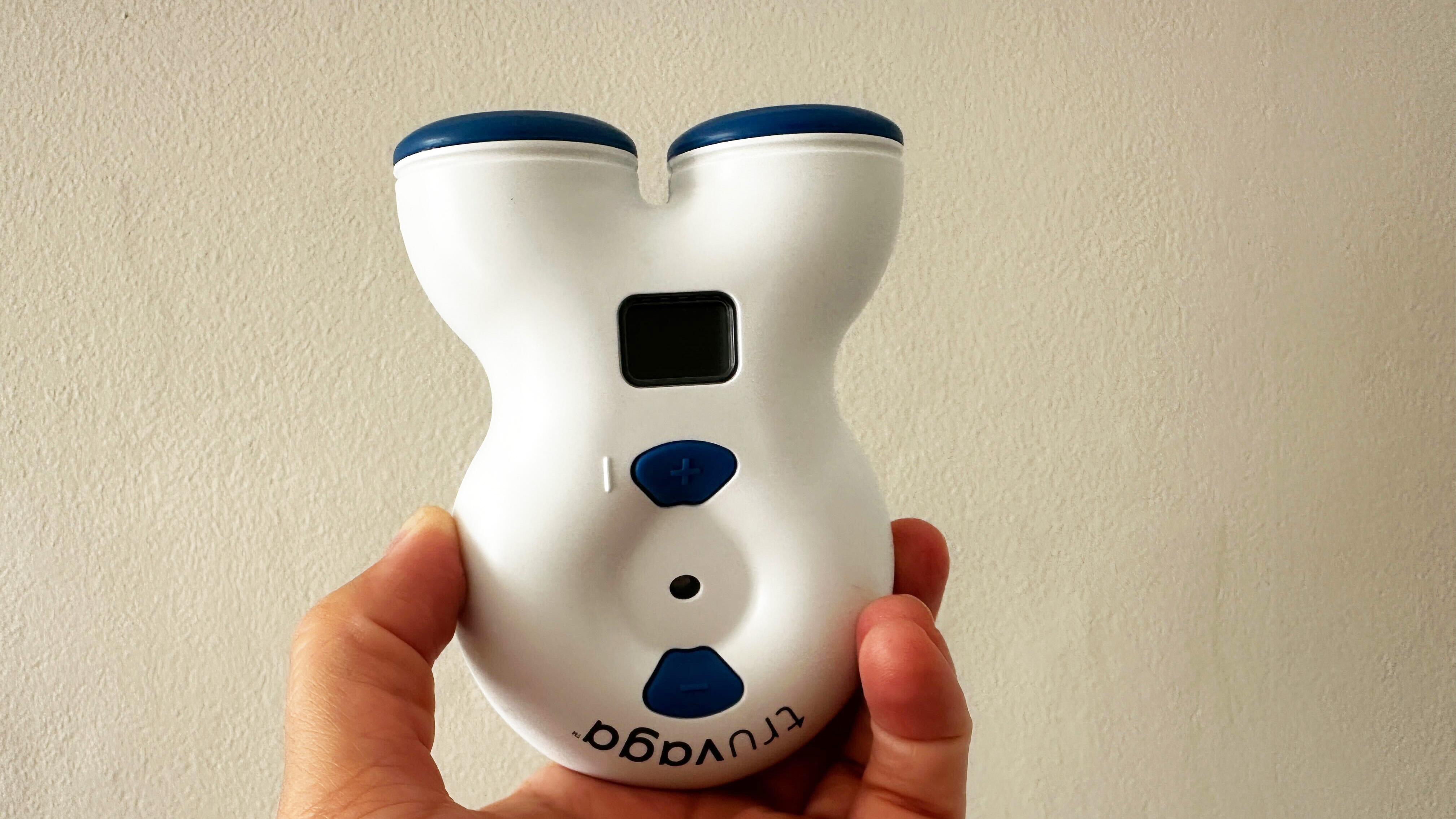
Truvaga vagus nerve therapy involves gently activating the vagus nerve to help manage your fight-or-flight response. Sessions take just two minutes and can be done twice a day, day and night.
Results could include reduced stress, improved sleep, a boost in clarity and a sense of calm. Truvaga says the device can also aid stress relief and increase focus and has been clinically tested and proven to “effectively stimulate the vagus nerve.” You can check out my demonstration video for how to use Truvaga step-by-step — and it’s really as simple as it looks.
- Download the app and set up your device
- Locate your vagus nerve by holding two fingers to your throat to locate your pulse
- Remove the caps from the device and turn it on
- Apply pea-sized amounts of electrode jelly to the electrodes (this process depends on which model you buy)
- Place the device against your neck, ensuring that both electrodes are flat and making contact with the skin
- Start your session and increase the intensity until you feel a pulsing, tingling sensation or a gentle pull at the side of your mouth
- Wait for two beeps which signals the end of your session
- Remove the device, clean your neck and the electrodes and replace the caps.
But does it work?
According to Truvaga’s research, it does. The “patented energy signals penetrate the skin and underlying soft tissues to reach the vagus nerve directly, only 1.5cm beneath the skin,” Truvaga states.
Although they do maintain that users will see varying results, some may notice benefits straightaway, whereas others may need consistent and longer-term usage to see the difference.
Interested in the research, I checked out a few of the studies cited by Truvaga and found that over 80% of participants in one study experienced activation during testing.
In another piece of research, an investigation into transcutaneous vagus nerve stimulation showed increased heart rate variability (HRV) 24 hours after stimulation, “reflecting improved autonomic balance.”
Finally, a scientific report published in Nature found improvements to mood and focus lasting up to 24 hours post-stimulation, which looks promising for performing cognitive tasks after a session with the device.
Truvaga lists a full report of the studies they cite on their website, so you can find the data yourself if you're interested in learning more.
Truvaga is available in two models: Truvaga 350 for $299 and Truvaga Plus for $499 via Truvaga.
My first thoughts on Truvaga

I found the device super easy to set up and use, and the instructions that came with the device were simple to follow. I started on the lowest intensity, then gradually increased as I felt more comfortable.
I’ve been using the device when I wake up and before going to bed, and I must admit, I don’t like the sensation of the device at all. But I guess, at least I know I’ve applied the device to the correct spot — you can’t miss the tingling, pulsing sensation or the gentle pulling at the lip when you’re stimulating the correct area.
I’ve continued using Truvaga 350 for several weeks, and each time I feel a bit strange immediately afterward. I can’t place the feeling; it’s not exactly unpleasant, but I don’t feel entirely relaxed either. For me, it feels like someone has messed around with my heart rate.
Because there are so many reasons you might get stressed throughout the day — work emails, the subway being delayed, or an inconvenient bill you hadn’t expected — and because I’m quite dialed in with my mindfulness routine day-to-day, it’s hard to know if it's Truvaga that is helping or my other activities like silent walking or reading my book.
I've quite enjoyed using Truvaga and have gradually been increasing the intensity during the sessions. But while I definitely think it's doing something, I’m just not experiencing any revelations right now.
However, Truvaga does say it can take a few weeks for some people, so I plan to continue using it. It's a nice little morning and bedtime routine to implement, and it only takes a few minutes of your time.
Are there any drawbacks?
I would say: err on the side of caution if you’re expecting immediate results, as this might take time. I also think this device should be coupled with other mindful activities like looking after your sleep hygiene, limiting screen time and maybe even checking out the latest mindful activity known as “grandmacore.”
At $499 for the latest Truvaga model, the Truvaga Plus, and $299 for the model I tested, Truvaga 350, this is a luxury that isn’t cheap. There are plenty of ways to reduce stress and look after your mind and body that don't break your bank account.
If you suffer from any health conditions, are pregnant, or have an injury or ongoing illness, always check directly with Truvaga and your physician before trying a VNS for the first time.
Is Truvaga worth it? My thoughts
As a mindful routine, I enjoyed using Truvaga and will continue to test it in the coming months. However, I haven’t noticed a significant difference in my stress levels and I don’t feel any more relaxed than I did previously.
There are so many ways your stress levels can impact you throughout the day; we know stress can be measured to help you identify potential (and sometimes unexpected) triggers.
But you’d probably need to monitor your stress levels using one of the best smart rings or similar wearable devices to determine how you respond physiologically each time you use the device. and how it matches up with your stress response.
Would I spend 500 bucks? Probably not right now, but I’ll be updating this review with further testing in the coming months.
More from Tom's Guide
- Stop guessing! Find out your perfect daily step count goal, based on your age
- I'm a personal trainer — these are the 5 compound exercises I taught my dad to build strength and muscle
- Everyone's talking about vagus nerve stimulation — but can it really help you sleep? I tried Pulsetto to find out

Sam Hopes is a level 3 qualified trainer, a level 2 Reiki practitioner and fitness editor at Tom's Guide. She is also currently undertaking her Yoga For Athletes training course.
Sam has written for various fitness brands and websites over the years and has experience across brands at Future, such as Live Science, Fit&Well, Coach, and T3.
Having coached at fitness studios like F45 and Virgin Active and personal trained, Sam now primarily teaches outdoor bootcamps, bodyweight, calisthenics and kettlebells.
She also coaches mobility and flexibility classes several times a week and believes that true strength comes from a holistic approach to training your body.
Sam has completed two mixed doubles Hyrox competitions in London and the Netherlands and finished her first doubles attempt in 1:11.
You must confirm your public display name before commenting
Please logout and then login again, you will then be prompted to enter your display name.
